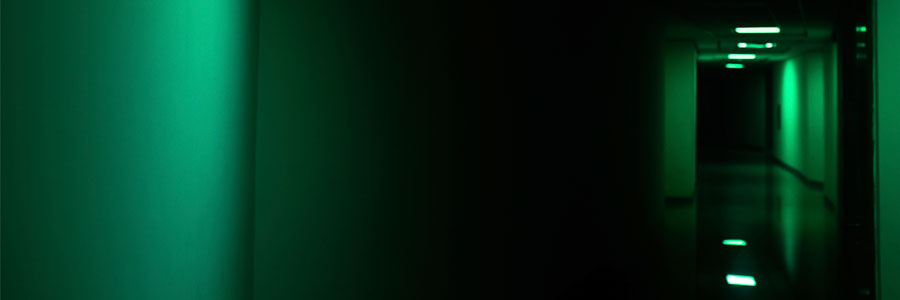
Traditional lighting systems are built of several external components including LED light sources, LED drives and lighting controls, there is no real problem with this design but as advancements in technology continue, the way forward is to integrate these components directly into the light source, creating intelligent lighting.
What is intelligent lighting?
Intelligent lighting is the use and control of lighting that goes beyond reliance on a manual on/off switch. There are many situations that intelligent lighting can be used from domestic dimming through to complete automated control systems that can manage a whole building. It ensures that no light is used or left on unnecessarily which will provide improved efficiency and reduce costs for businesses and homes.
In an attempt to drive a greener environment the EU Directive for Energy Performance of Buildings plays a key role in the UK building regulations. It is now a requirement to provide an Energy Performance certificate (EPC) to identify the carbon footprint of any building and to use this information to consider improved opportunities to reduce energy performance. This means that designers have to consider networking technologies and control functionalities early on within the design process. For residential properties the use of energy monitoring and control of light sources through mobile smart phones are becoming more and more popular.
There are obviously costs incurred when it comes to installing lighting automation and a quick return on investment can only be achieved if intelligent lighting systems can be easily retrofitted. There are advantages here for wireless technology as they can be cheaper and more flexible to install than wired systems and can be easily expanded upon at any time, if additional components are needed.
There are different wireless technologies that can be used for building automation, the most popular is the 2.4GHz band (based on IEEE802.15.4) which is mainly suited for in-room LED control as there can sometimes be a 10 metre limitation of frequency (sometimes less due to reinforced concrete walls). This frequency is also vulnerable to interference from other devices.
Some wireless technologies is below 1GHz, which is ideal for communications onside buildings as they penetrate walls and achieve a range of up to 30 metres – this solution is extremely reliable and is less crowded than a wired solution.
There are also various different integration options – the final option is still under development and is relatively expensive but ultimately it will make lighting control as simple as changing a bulb!
- The control is provided by a dedicated external device whose output is connected to either the DALI or 0-10V bus on the LED driver. The control has to be installed separately and can control multiple lights simultaneously.
- Direct integration of the controller into the LED driver. In a system upgrade the existing drivers can be replaced with new intelligent LED drivers. Retrofitting is simple and the existing structure can be used. Control is limited in this instance to the lights connected to the driver output.
- The latest development of intelligent LED lighting integrates the control directly into the bulb or luminaire.
Intelligent lighting systems have the potential to collect useful information about how buildings are actually being used, this data can then be used to adapt other services and reduce overall costs i.e cleaning costs and heating and ventilation costs.
The advancement in technologies of the LED and intelligent lighting can only be a positive move for the environment and cost reductions in the long term for businesses and home owners.
